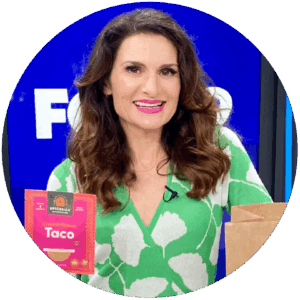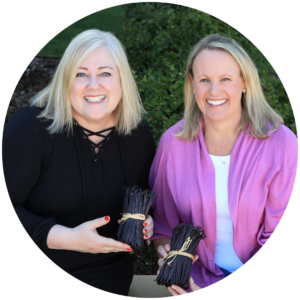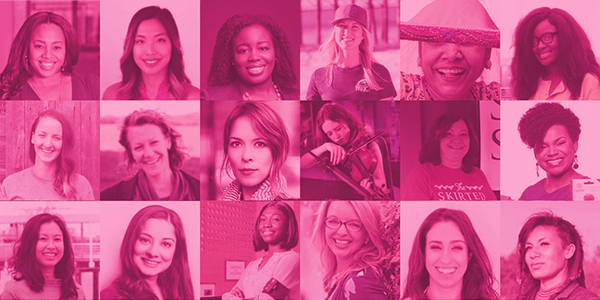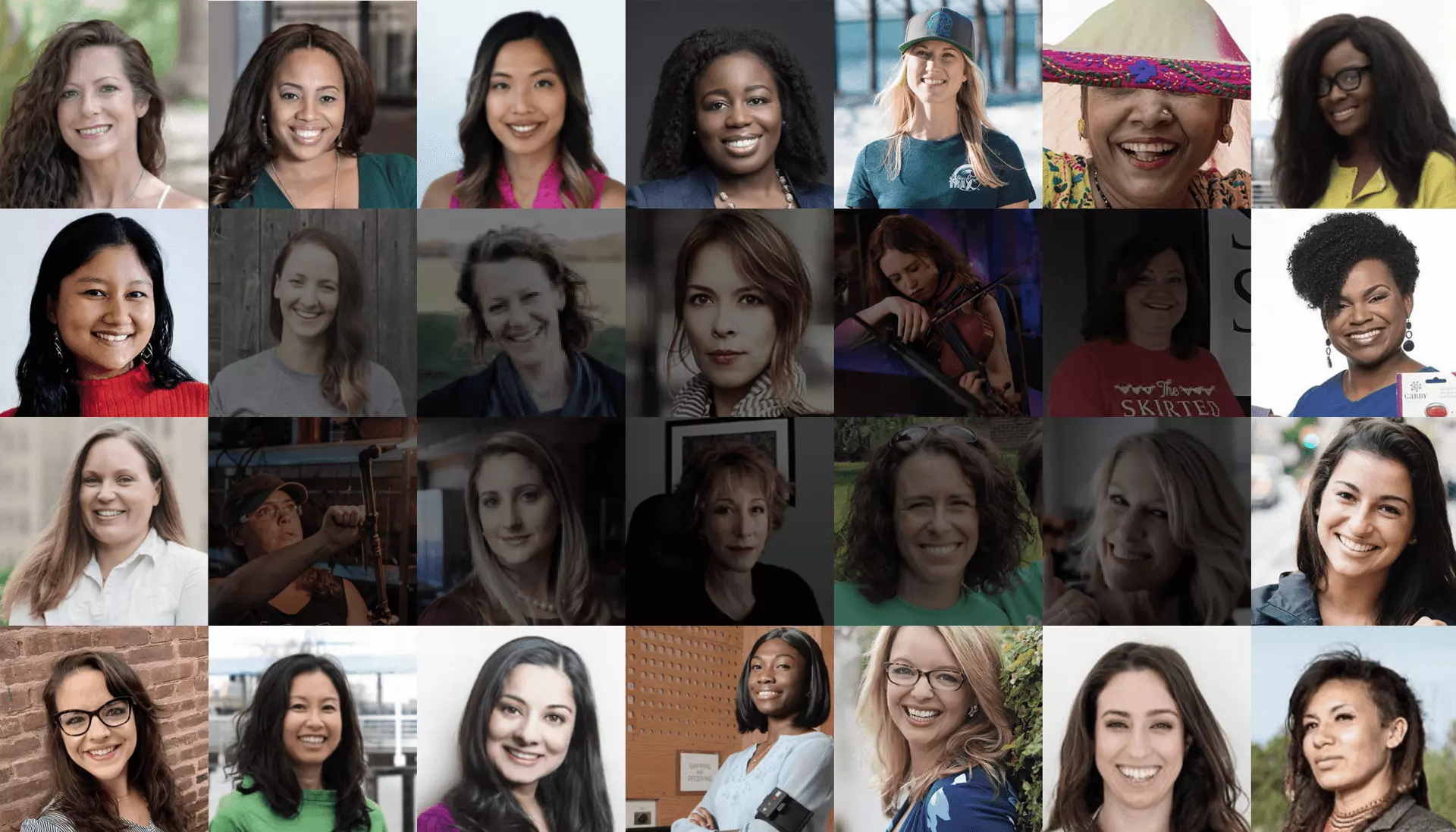We’re less than a week away from Black Friday, which used to be the biggest shopping day of the year. It’s called Black Friday because for many years, as the first day of the holiday shopping season, it was the day that retailers finally went from being in the red to being in the black profit-wise.
Black Friday has evolved in the last few years to become more of a season of deals than one specific day. It has also expanded beyond retailers to include businesses of all types. So, no matter what type of company you run, you can use Black Friday as a tool to attract attention from prospects and customers.
With just a few days until Black Friday 2025, here are some suggestions for ways to jump-start sales in your business:
1. Create a special bundle
Combine a variety of products or services into a “limited edition Black Friday pack” and price it irresistibly. Combine a bestseller or two with some up-and-coming items as a way to facilitate product testing. Set a limit for how many you’ll sell, so that there is true scarcity.
No matter what you sell, you can bundle several related items. If you run a membership community, how about offering a special deal on a year of membership plus a 15-minute consultation or related digital download as a bundle? If you run a catering business, how about bundling a holiday dinner for 8 at the client’s home with dessert and hors d’oeuvres included? A graphic designer could bundle a personal branding pack, an artist could bundle a set of small prints, and a computer consultant could bundle a year of support with a virus audit.
Get creative and pull together products and services you’ve never packaged as one, for a great price. You can delight current customers, attract new ones, and bring back past clients.
2. Run a mini flash sale
Offer a 48-hour storewide discount or percentage off one key product. Quick, simple, and gets attention early. Start it on Friday, November 28, or wait and run a Cyber Monday event.
Alert all of your past and current clients, as well as your community, so that as many people as possible have the chance to take advantage of your great offer.
If you’re afraid of having to fulfill too many orders, then put a cap on the number you’ll sell to protect yourself.
A case in point is a high-end bakery in Rochester that participated in a promoted deals program years ago and ended up losing thousands of dollars because they set a limit of 400, and the promoter added an extra 0 to make it 4,000 offers. They were losing a little money on each sale, which they hoped would bring in new customers, but there’s a big difference between fulfilling 400 and 4,000 orders. Make sure you limit your exposure.
3. Add one-on-one access
Whatever your Black Friday deal includes, add the opportunity to interact with you. This personal attention could be a bonus offer for the first 10 buyers, or maybe you decide to include it with every purchase. Whatever you choose, provide the chance to interact with you one-on-one.
Your offer could then include some individualized coaching, a video recorded for each buyer with personalized feedback, or a special workshop only for people who buy the special deal. Consider what your clients have asked for and think about giving it to them, even on a very limited basis.
4. Offer a spend-more-save-more deal
Many retailers do this: Offer greater savings the more the customer buys. You could offer something similar, such as 10% off a $25 purchase, 20% off when $75 is spent, or 30% off with a $150 purchase. You’ll want to modify based on your average price point, but setting tiered discounts can push buyers to spend more.
Some companies offer Black Friday deals that include a coupon to be used at a later date, such as after January 1, 2026, to entice customers to return another time after the holiday season. You want to try to build a habit of shopping with you by giving more reasons to come back.
5. Add a free gift with purchase
Cosmetic brand Clinique has been one of the largest users of this technique over the last few decades, offering bonus deals at various times throughout the year. During those bonus weeks, customers would receive a free set of samples at no additional charge with every purchase. Lines would wind their way through department stores as buyers made their purchases and picked up their freebies.
You can do something very similar this Black Friday. Announce that everyone who buys from you or signs a contract on Black Friday, or that whole weekend, will receive a free gift with purchase. That gift could be something related to your product or service, much like Clinique still does, or it could be complementary. You could give away a digital file, a template, or a printable form that enhances the use of your product or services.
Your free gift doesn’t have to be pricey, but it should be something that is enticing enough to your target audience that they decide to open their wallets this week. Some companies create special, limited-edition versions of their products that are only available on Black Friday to heighten the exclusivity.
Announce it ASAP
The key is to announce a special deal now to get shoppers giving you their money this Friday. Some businesses start taking orders at 12:01 a.m. on Friday morning, but you could even start on Thanksgiving, or before, if you so choose. But your community needs to know what great offer you’re making them right away.





















